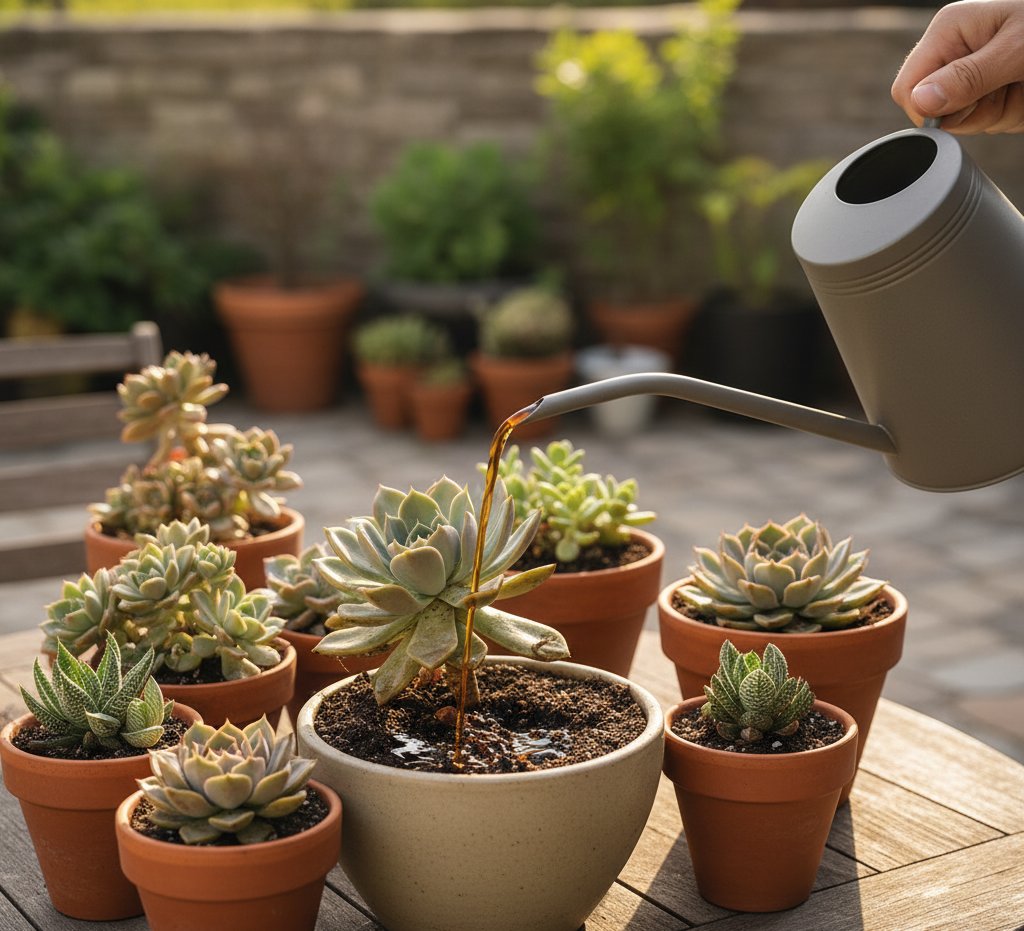Compost Tea For Succulents
Compost tea gives your succulents a gentle boost without overwhelming them. It works as a liquid fertilizer that improves soil health, supports root growth, and provides nutrients your plants can easily absorb. By using it the right way, you can keep your succulents strong and healthy without the risks that come with over-fertilizing.
You don’t need complicated tools or expensive supplies to make it. With good compost, water, and a simple brewing method, you can create a natural solution that helps your plants thrive. Applying it at the right time and in the right amount makes the biggest difference in how well your succulents respond.
Learning how to use compost tea effectively will save you from common mistakes and help you get the most out of this natural fertilizer. Once you understand the basics, you can build a simple routine that keeps your succulents looking their best.
Key Takeaways
- Compost tea supports healthy growth and soil balance
- Simple steps let you make and use it at home
- Proper timing and moderation ensure safe results
Understanding Compost Tea for Succulents
Compost tea provides nutrients in a liquid form while also delivering living microorganisms that support soil and plant health. Unlike many fertilizers, it works by improving the soil environment around your succulents rather than just feeding the plant directly.
What Is Compost Tea?
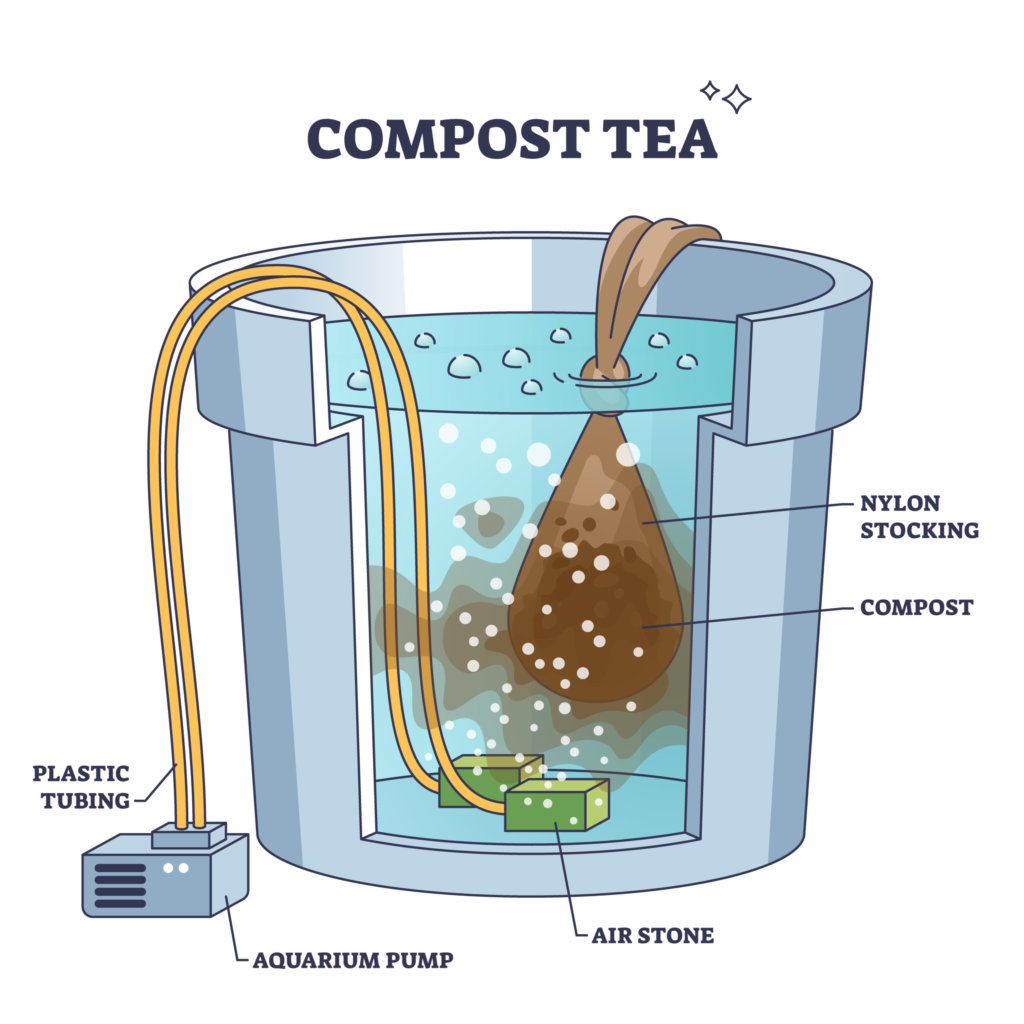
Compost tea is a liquid made by steeping finished compost in water. The process extracts soluble nutrients and encourages the growth of beneficial microbes. These microbes include bacteria, fungi, and protozoa that help break down organic matter and make nutrients more available to plants.
You can brew compost tea using a simple bucket of water and a mesh bag filled with compost. Some growers also add an air pump to keep the mixture oxygen-rich, which supports aerobic microbial activity. This helps prevent unwanted anaerobic bacteria from developing.
The finished tea often has a mild earthy smell and should be used within a day or two for best results. Because it is made from natural compost, the nutrient content can vary, but it usually contains small amounts of nitrogen, phosphorus, and potassium along with trace minerals.
How Compost Tea Differs from Traditional Fertilizers
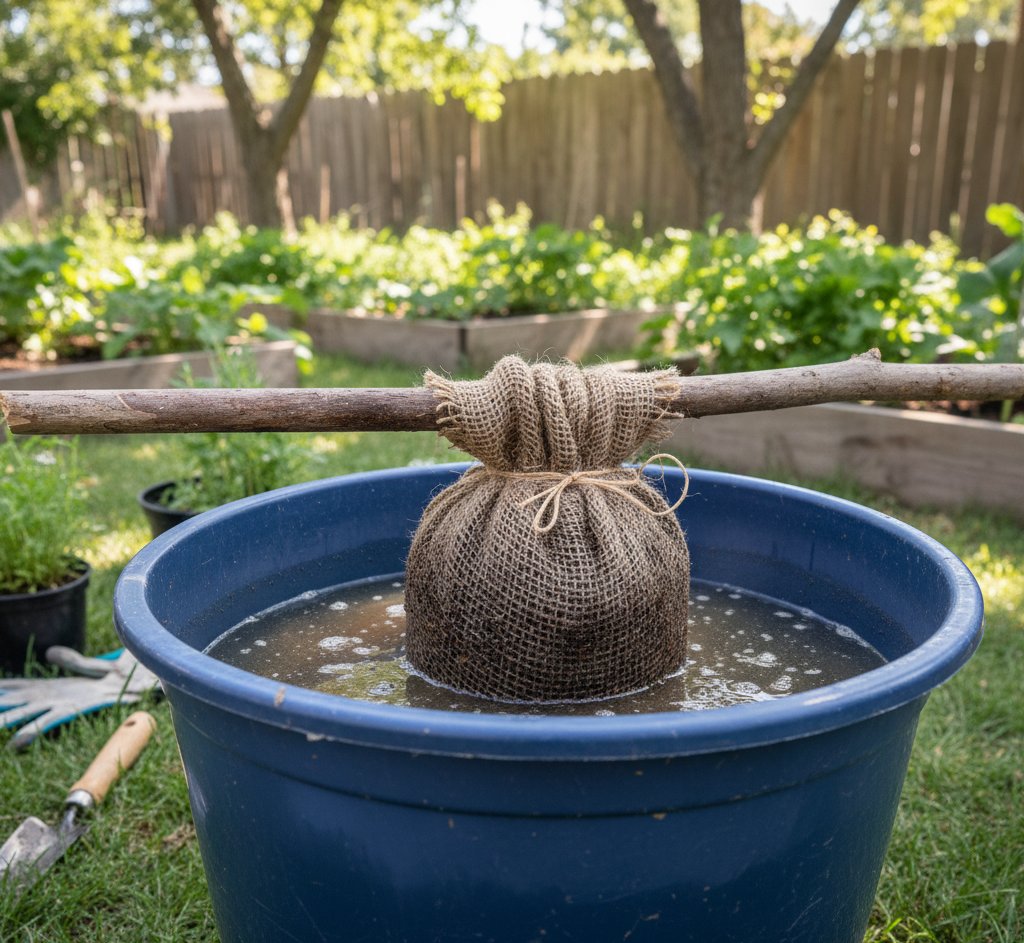
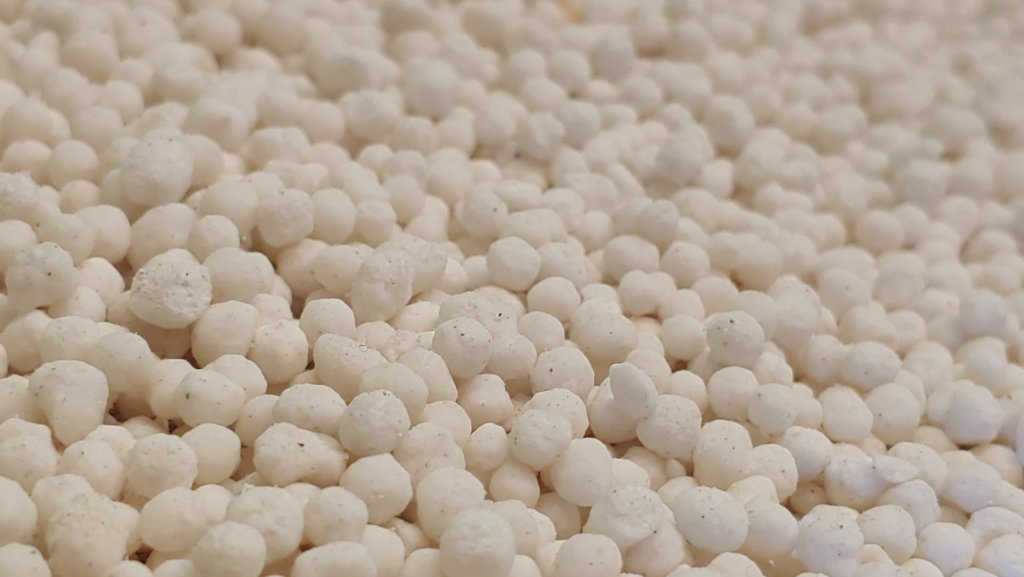
Traditional fertilizers usually supply nutrients in a concentrated form. They may contain synthetic chemicals or be derived from processed organic matter. These products feed the plant directly but do not improve the soil ecosystem.
Compost tea, on the other hand, focuses on soil health. It delivers nutrients in a diluted form and introduces living microorganisms that help maintain a balanced soil environment. This supports long-term plant growth rather than just giving a quick nutrient boost.
The environmental impact also differs. Chemical fertilizers can leach into groundwater or cause salt buildup in soil. Compost tea reduces this risk because it is mild and biologically active. For succulents, which prefer lean soil conditions, this gentler approach helps avoid root damage from over-fertilization.
Key Benefits for Succulent Health
When you apply compost tea to succulents, you improve both the soil and the plant’s ability to take up nutrients. The microorganisms in the tea help break down organic matter, releasing nutrients slowly and steadily. This supports healthy root development without overwhelming the plant.
Compost tea also enhances soil structure. Even in well-draining succulent mixes, the added microbial activity can increase nutrient retention and improve water balance. This creates a more stable growing environment.
In addition, beneficial microbes can help protect roots from harmful pathogens. By increasing microbial diversity, compost tea reduces the chance of disease-causing organisms taking hold. For succulents, which are prone to root rot in poor conditions, this added protection is valuable.
Using compost tea also lowers your reliance on synthetic fertilizers. This makes your care routine more sustainable and reduces the environmental impact of your gardening practices.
How to Make Compost Tea for Succulents
You can make compost tea at home with simple materials, but the quality depends on the compost you choose, the way you brew it, and the ingredients you add to encourage microbial growth. The goal is to create a balanced liquid that delivers nutrients and beneficial microbes without harming your succulents.
Choosing the Right Compost and Ingredients
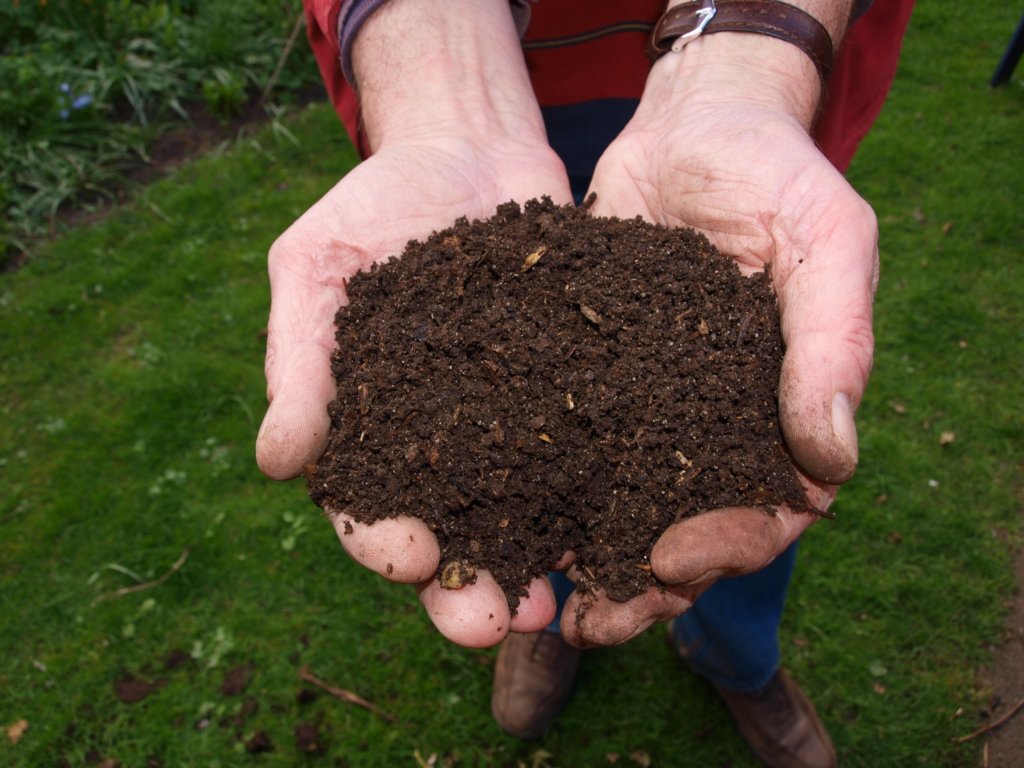
Start with homemade compost or well-aged, crumbly compost that smells earthy. Avoid compost that is still decomposing or has a foul odor, since it may contain harmful pathogens.
Good compost should include a mix of plant material and small amounts of manure if available. This ensures a diverse range of nutrients and microbes. For succulents, a lighter compost made mostly from plant matter works well because it reduces the risk of over-fertilization.
You only need a few basic materials to brew compost tea:
- Compost (1–2 cups)
- Non-chlorinated water (1–5 gallons)
- A bucket or container
If your tap water contains chlorine, let it sit uncovered for 24 hours before use. Chlorine can kill beneficial bacteria that your succulents need.
Brewing Methods: Aerated vs. Non-Aerated
There are two main brewing methods: Aerated Compost Tea (ACT) and Non-Aerated Compost Tea (NCT).
ACT uses an air pump or bubbler to keep water oxygenated during brewing. This supports aerobic bacteria that improve soil health and reduce the risk of harmful microbes. Brewing time is usually 24-48 hours.
In contrast, NCT involves simply soaking compost in water without aeration. This process relies more on fermentation and can favor anaerobic microbes. While it is simpler, it carries a higher risk of producing foul odors or harmful bacteria if left too long.
For succulents, ACT is often preferred because it produces a cleaner, more stable tea. If you choose NCT, limit steeping to 12 hours and strain the liquid before use.
Enhancing Microbial Activity with Additives
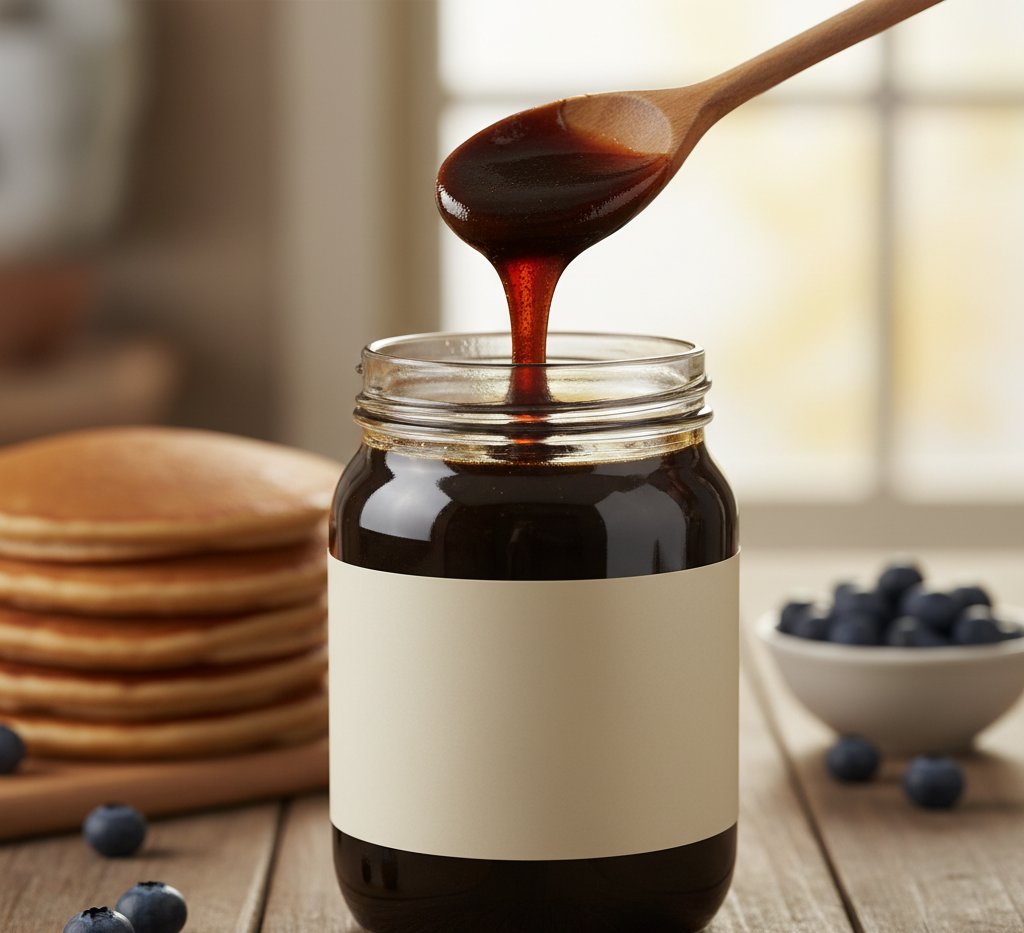
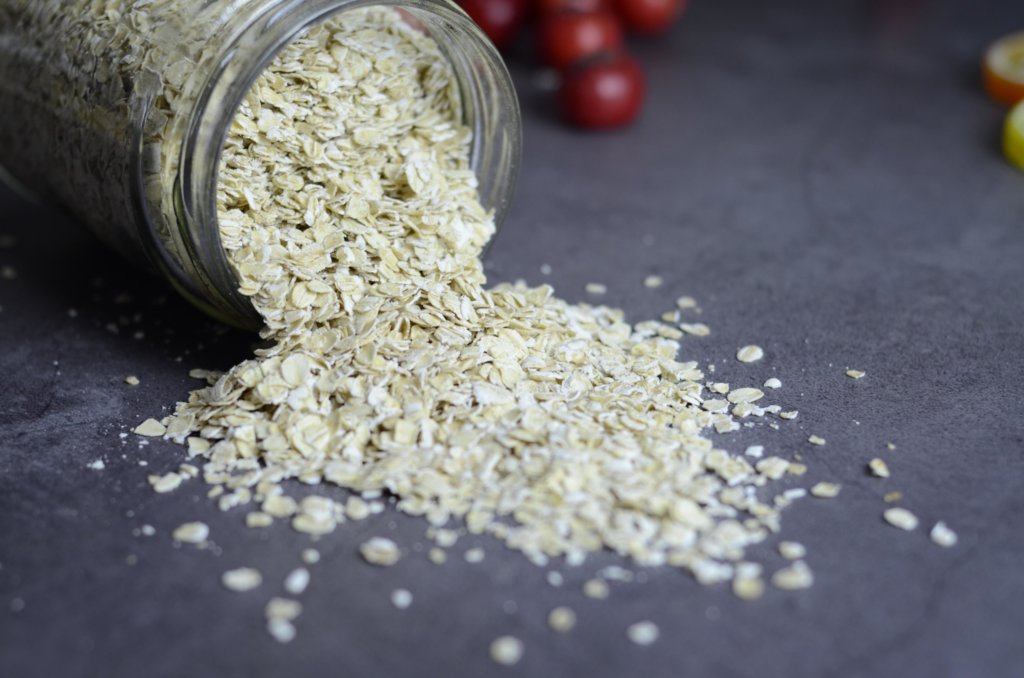
You can boost microbial growth in compost tea by adding small amounts of natural food sources. Unsulfured molasses is the most common additive. It provides sugar that fuels bacteria and fungi, helping them multiply during brewing.
Other options include oatmeal or kelp meal, which add minerals and encourage fungal growth. Use these in small amounts to avoid overfeeding microbes.
Additives should be mixed in after you start the brewing process. For example:
- 1 tablespoon molasses per gallon of water
- 1–2 teaspoons oatmeal or kelp meal
These ingredients help build a diverse microbial population, which supports nutrient uptake and soil health when you apply the tea to your succulents.
Applying Compost Tea Safely and Effectively
You can apply compost tea to succulents in a few different ways, and each method has its own benefits. The key is to control how much you use, how often you apply it, and what tools you choose so your plants get nutrients without the risk of over-fertilization.
Soil Drench and Soil Application Techniques
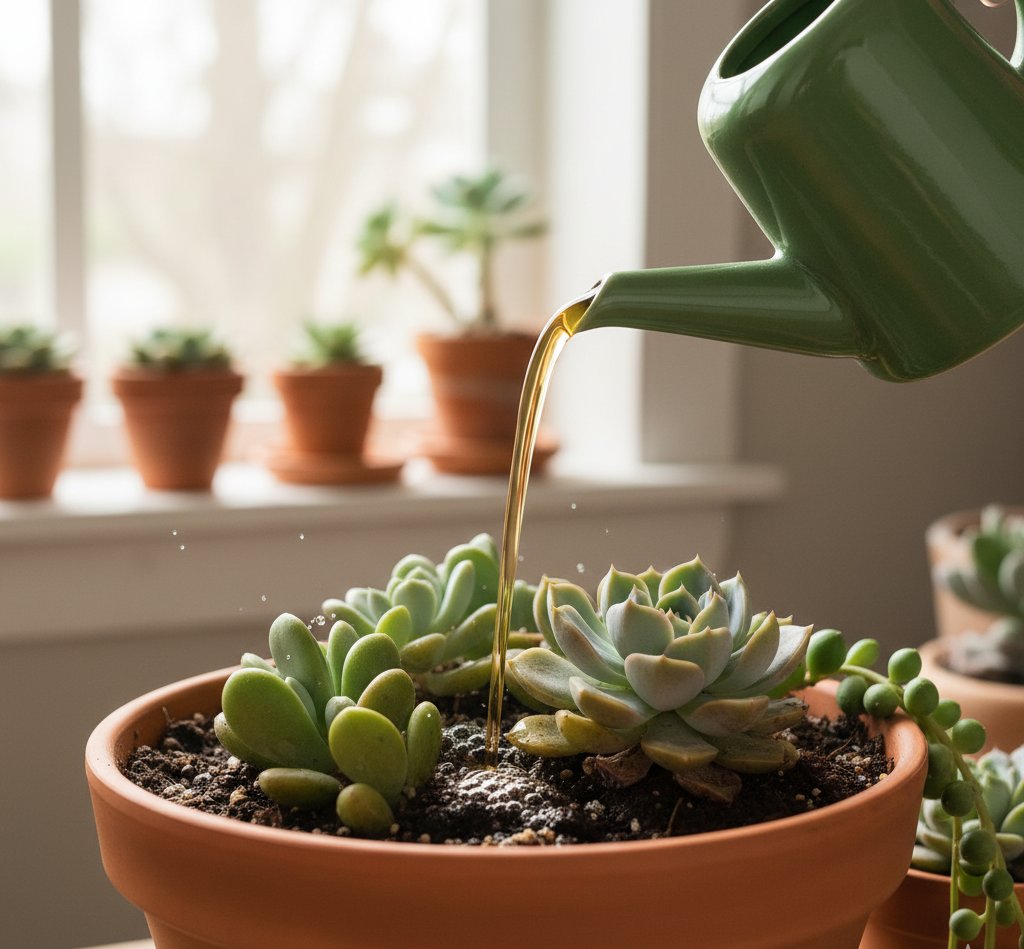
A soil drench delivers compost tea directly to the root zone. You pour the liquid at the base of the plant so it seeps into the soil and reaches the roots. This method supports nutrient uptake and improves soil biology.
Apply slowly to avoid runoff, especially in pots with drainage holes. A light, even soak is better than flooding the soil. Too much liquid at once can push nutrients out of the root zone.
Soil application works well when your succulents need a steady boost of micronutrients. It also helps maintain soil moisture balance when done in moderation. Use this method during the active growing season but avoid it when your plants are dormant.
Foliar Spray for Succulents
A foliar spray applies compost tea directly to the leaves. Succulents can absorb small amounts of nutrients through their leaf surfaces, although the main benefit is coating the plant with beneficial microbes that may help reduce stress.
Mist lightly and avoid soaking the leaves. Too much moisture on the surface can increase the chance of rot, especially in humid or shaded areas. Spray in the early morning so leaves dry quickly.
Use a fine mister setting for even coverage. Focus on the tops and undersides of leaves without leaving them dripping. Foliar spraying is not a replacement for soil feeding but can complement it during growth periods.
Dilution and Frequency Guidelines
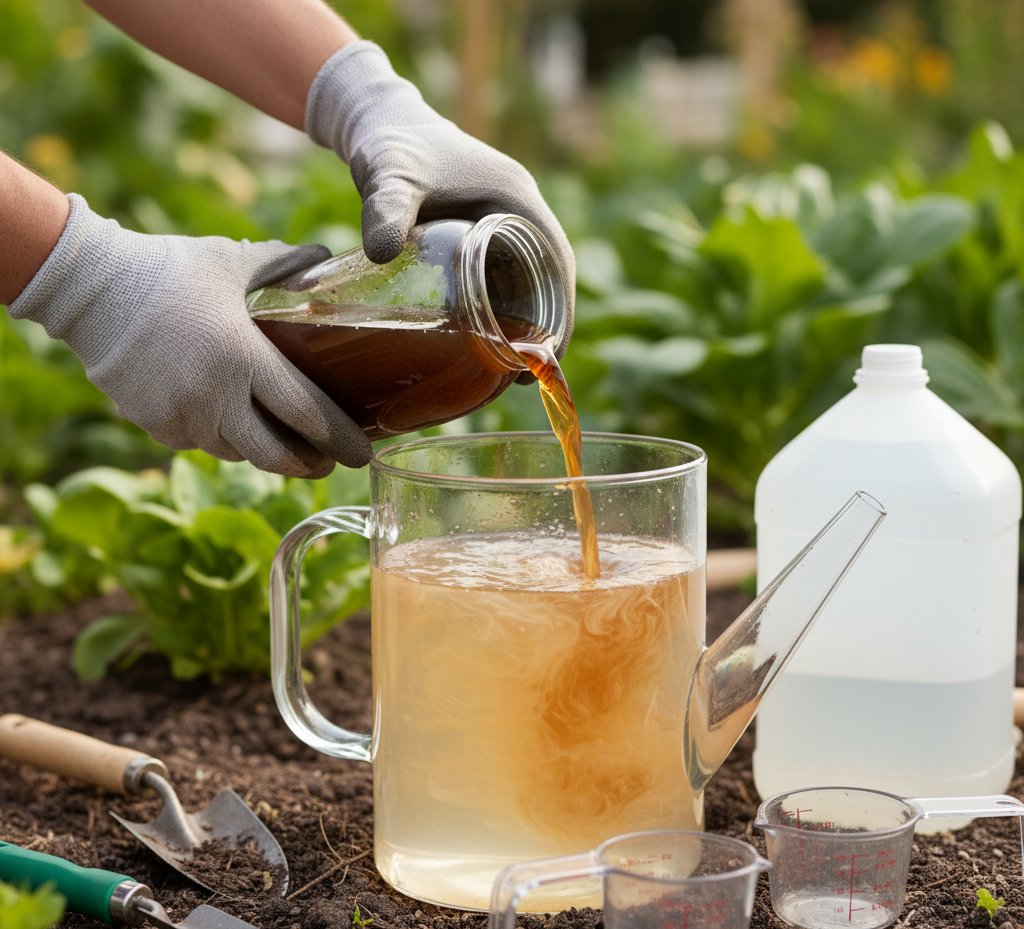
Undiluted compost tea can overwhelm succulents and cause fertilizer burn. Always dilute before use. A common ratio is 1 part compost tea to 10 parts water. Some growers use 4 cups of tea per gallon of water for a lighter mix.
Frequency depends on plant growth. Apply once a month during the active season. Avoid frequent applications, as succulents need fewer nutrients than many other plants. Over-fertilization can lead to weak, stretched growth instead of healthy compact shapes.
Keep track of your schedule. Too much feeding can harm plant health, while too little may not provide noticeable benefits. Adjust based on how your plants respond.
Using the Right Tools: Watering Can and Sprayer
The tools you use affect how well compost tea reaches your succulents. A watering can works best for soil drench applications. Choose one with a narrow spout for controlled pouring around the base of the plant.
For foliar sprays, a hand sprayer or pump sprayer is more effective. Look for adjustable nozzles that create a fine mist rather than heavy drops. This helps prevent excess moisture from sitting on leaves.
Clean your tools after each use. Residue left inside can clog nozzles or create bacterial buildup. Using the right equipment ensures even coverage, reduces waste, and keeps your plants safe from contamination.
Best Practices and Potential Challenges
When you use compost tea on succulents, you need to balance nutrient delivery with the plant’s unique needs. Proper application can improve soil health and drainage, but overuse or poor brewing methods may create problems for both your plants and the environment.
Avoiding Over-Fertilization and Fertilizer Burn
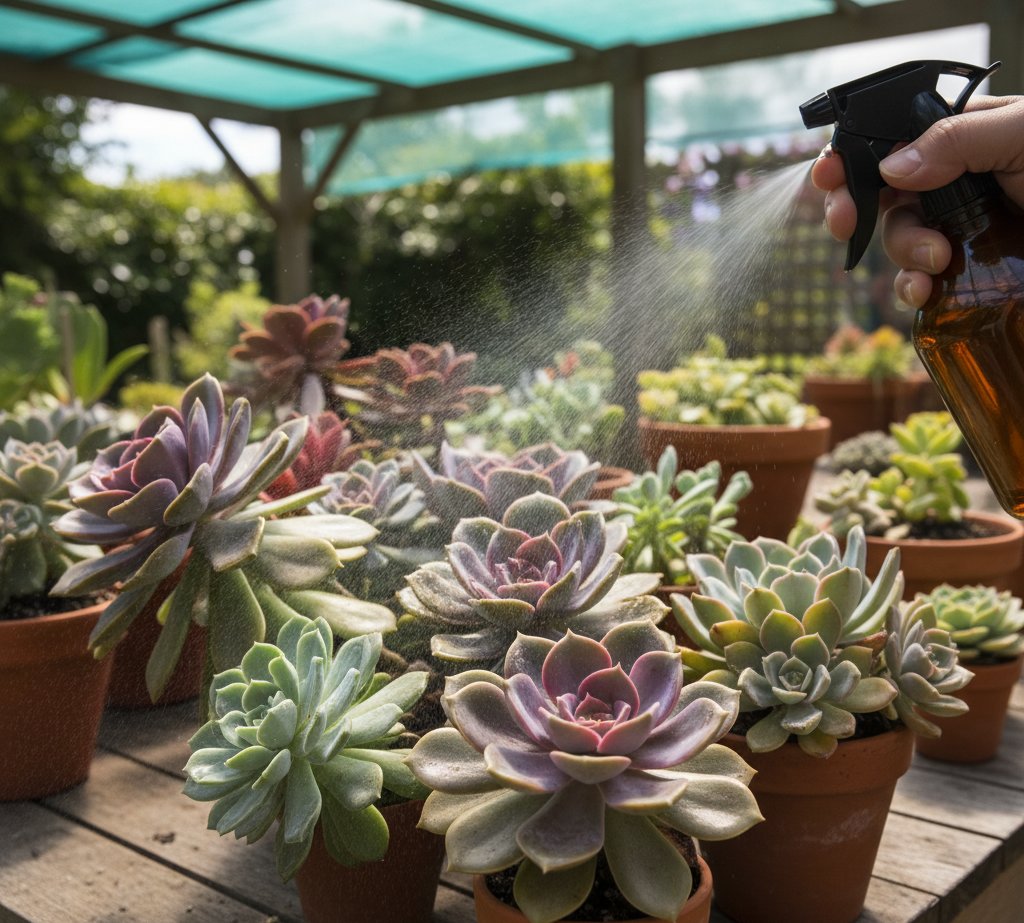
Succulents store water in their leaves and stems, making them sensitive to excess nutrients. Over-fertilization can lead to fertilizer burn, which shows up as brown leaf tips, shriveled growth, or root damage.
To prevent this, dilute compost tea before applying. A common ratio is 1 part tea to 10 parts water. Apply sparingly, about once a month during the growing season, and avoid using it during dormancy.
It helps to test the strength of your tea before use. A strong odor or dark, sludge-like appearance may indicate it is too concentrated. In that case, dilute further or discard it.
Keep in mind that compost tea should supplement, not replace, a well-draining soil mix. Relying on it too heavily increases the risk of nutrient buildup.
Improving Soil Structure and Drainage
Succulents need soil that drains quickly and does not hold excess moisture. Compost tea can improve soil structure by adding beneficial microbes that help break down organic matter. This creates a more balanced soil environment without making it too dense.
You should apply compost tea directly to the soil, not just the leaves. The microbes work best when they reach the root zone. Over time, this can improve aeration and nutrient availability.
A simple way to track improvement is to check how fast water drains after watering. If the soil holds water for too long, consider adding mineral amendments like pumice or perlite alongside compost tea.
Using compost tea with a gritty soil mix provides both structure and nutrition. This combination supports healthy roots without increasing the risk of rot.
Monitoring Environmental Impact and Sustainability
While compost tea is organic, it still has an environmental footprint. Brewing requires water, energy for aeration (if you use a bubbler), and proper composting practices. Poorly made tea can also introduce unwanted bacteria into soil or water systems.
You can reduce impact by using well-aged compost from your own kitchen or garden waste. This limits reliance on commercial fertilizers and lowers waste output.
Avoid dumping leftover compost tea into drains or waterways. Instead, pour any excess onto non-edible plants or compost piles. This keeps nutrients cycling back into your garden without polluting water sources.
By managing how you brew and apply compost tea, you protect both your succulents and the surrounding environment.

